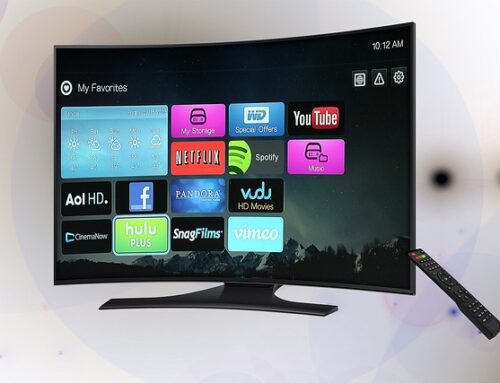Many viewers keep their eyes open for technologies that present television content in a more customizable way. IPTV, short for internet protocol television, stands apart as a solution that streams live channels and on-demand video over a broadband line. Rather than following the traditional method of broadcasting through cable or satellite signals, this format delivers data packets directly to devices. Users then convert that data into the shows they want to see. It sounds straightforward, yet the functional details can be quite remarkable, especially when considering how audiences adopt it globally.
The appeal of IPTV starts with the concept of breaking free from rigid TV scheduling. Standard television expects audiences to tune in at specific times or invest in equipment that records shows. IPTV packages usually include time-shifted features that enable access to earlier programs or allow for flexible playback. This transforms the act of catching up on missed content into a simple on-screen command instead of a separate process involving external recorders. Those who value a more open entertainment schedule often see IPTV as a breath of fresh air.
Variety is another plus. An IPTV subscription frequently includes specialized channels and international programs that are harder to find with typical cable services. People interested in niche sports leagues, cultural documentaries, or foreign dramas can browse these categories without rummaging through large, generic bundles. The platform’s structure makes it simpler to add or remove channel packages as tastes change. That level of choice entices individuals who want to manage subscription costs without giving up specific shows.
Pricing tends to be competitive, particularly if consumers already pay for a strong internet plan. Some IPTV users reduce overall expenses by combining broadband and television services through the same provider. This synergy can result in lower monthly fees compared to standalone cable packages. Market analysts have noted a consistent rise in consumers who drop expensive subscriptions for broadband-based solutions, suggesting a pattern in changing home media preferences. These outcomes underscore how IPTV has established itself as a valuable contender.
Convenience across devices is a central theme as well. With IPTV, many can watch sporting events on a phone, pause them at home, and then resume later on a tablet. As long as the application is compatible and the user credentials are valid, the same subscription applies across different platforms. This level of synchronization between screens resonates with younger audiences who expect content to be portable.
Stability hinges on internet quality. IPTV needs a suitable bandwidth to handle smooth, high-definition streams. Providers usually offer guidance on recommended speeds, and some incorporate adaptive streaming to adjust picture resolution if the network slows down. While certain challenges occur if the connection experiences heavy traffic, a stable internet plan tends to minimize buffering. Many watchers find this trade-off acceptable, given the flexibility that IPTV provides.
Even though IPTV shares common ground with other streaming services, such as Netflix or Amazon Prime Video, its focus on live broadcasts and channel-based programming sets it apart. It merges aspects of classic broadcast TV with the immediacy of online video. For instance, sports fans can tune into live games in real time, while still having the tools to pause or rewind big moments. This hybrid approach merges tradition with modern efficiency, appealing to a wide range of preferences.
Many ask if this method is legal or reliable. Reputable IPTV platforms typically have contracts with the content providers they feature. Users should research local regulations and ensure that the service they subscribe to holds proper licensing. By choosing well-known companies, viewers can avoid questionable streams and maintain peace of mind. Meanwhile, the track record for official IPTV services shows consistent improvements in uptime, customer support, and overall user experience.
Those contemplating a switch might wonder if IPTV is suitable for long-term viewing. Given the ongoing upgrades in broadband technology, it appears likely that this format will continue to thrive. Network capacity continues to expand in many regions, and internet service providers often collaborate with media companies to optimize data routes for streaming. This environment supports IPTV’s progression, guaranteeing that viewers can tune in whenever they choose, on the device of their choice.


Leave A Comment